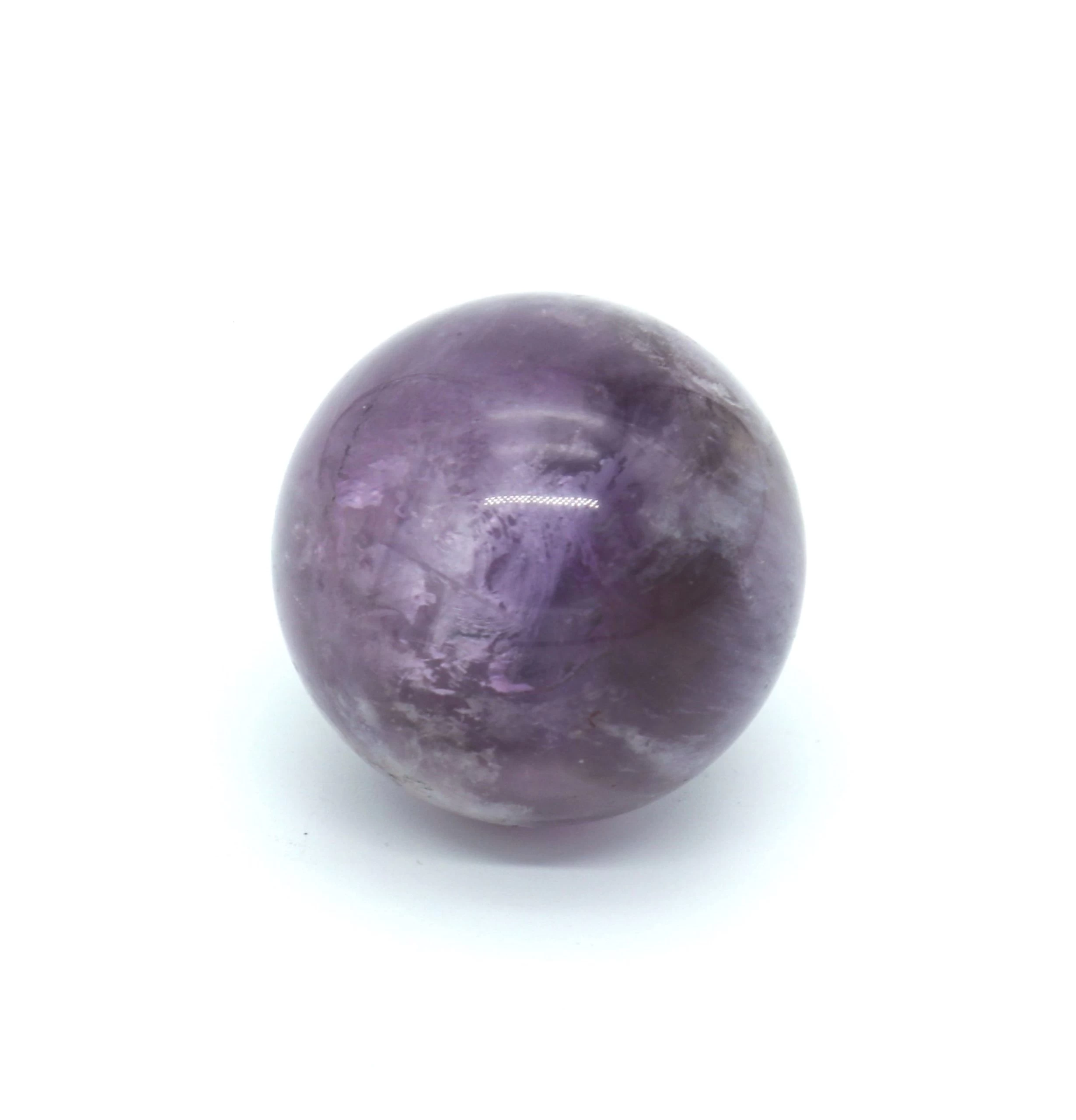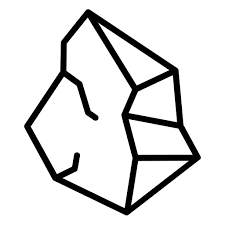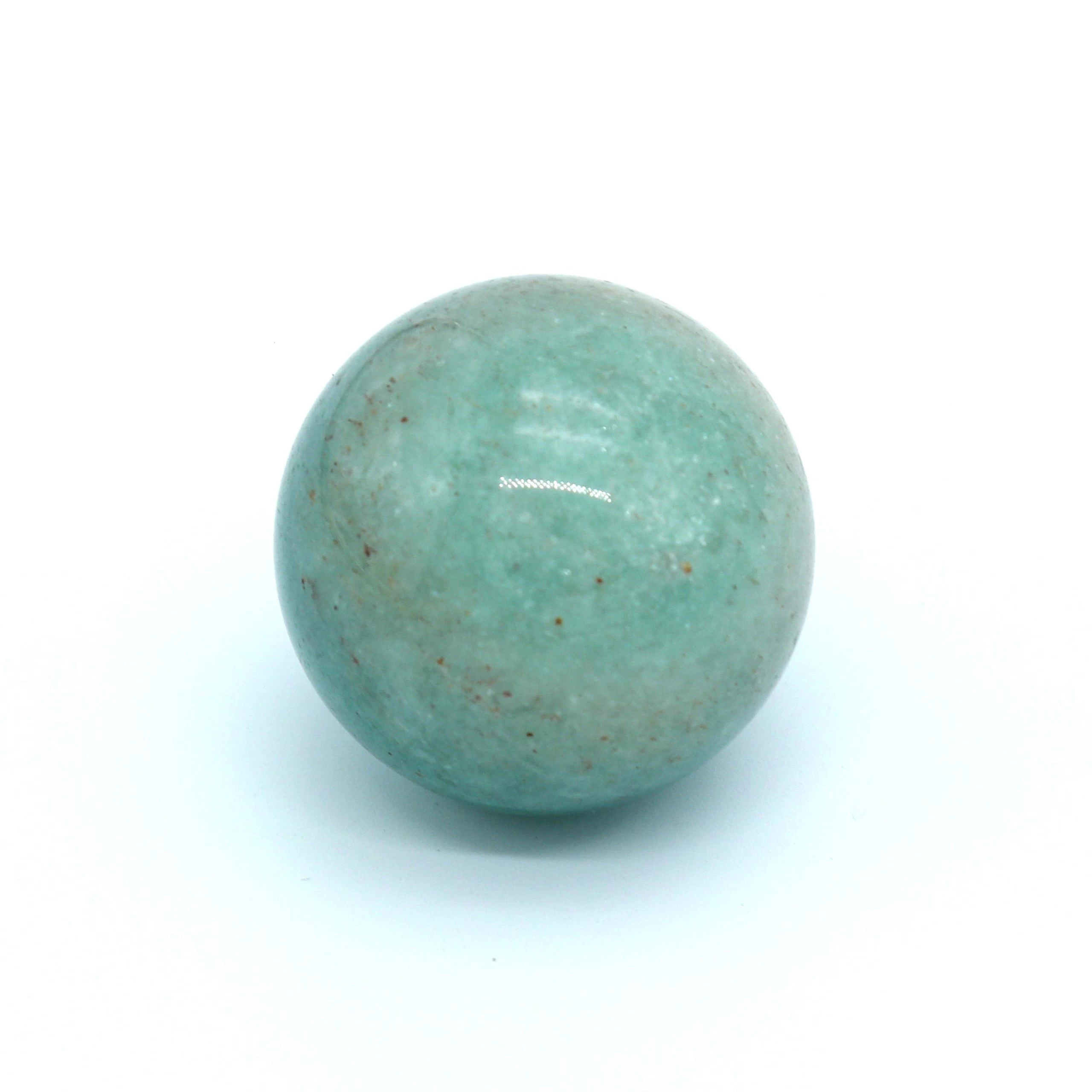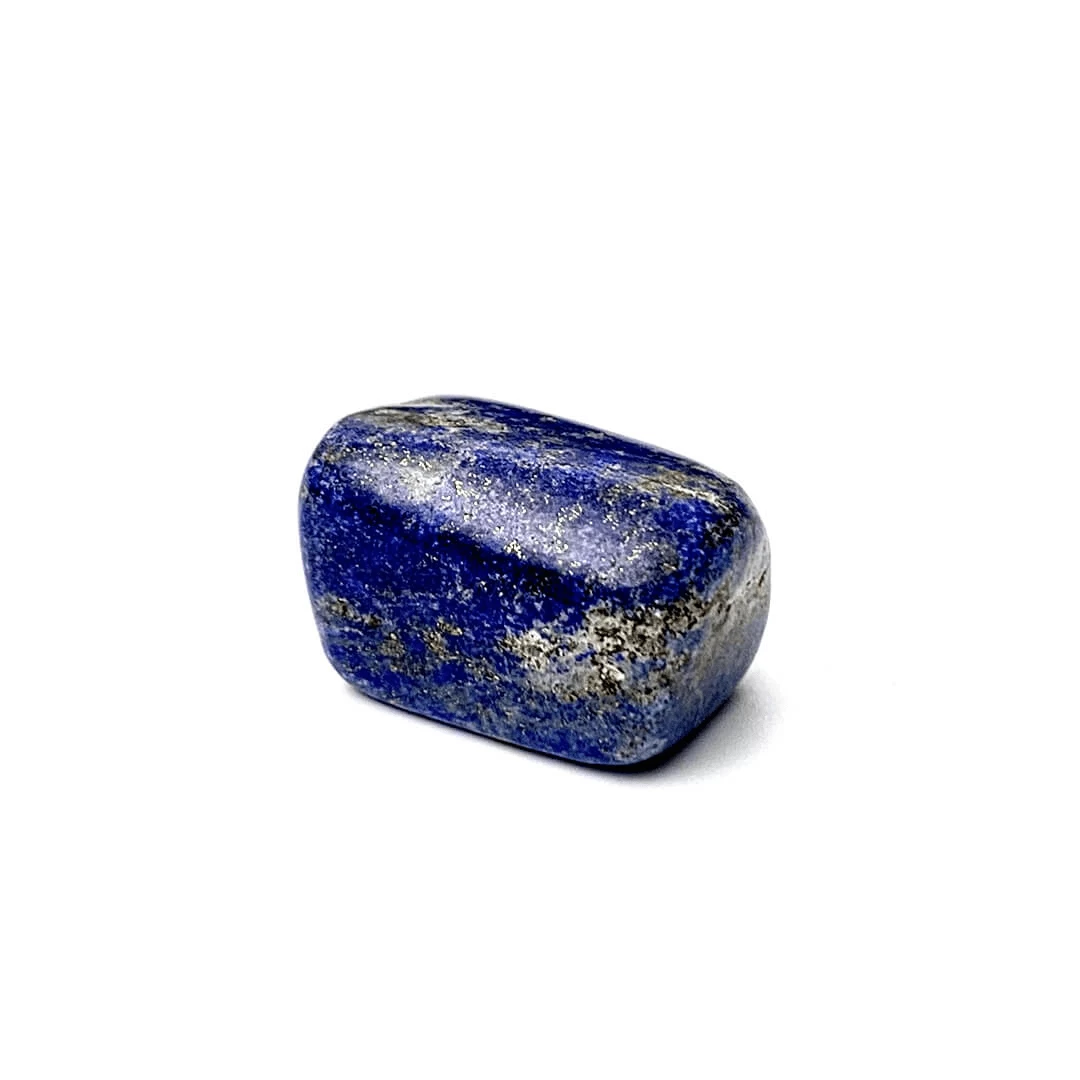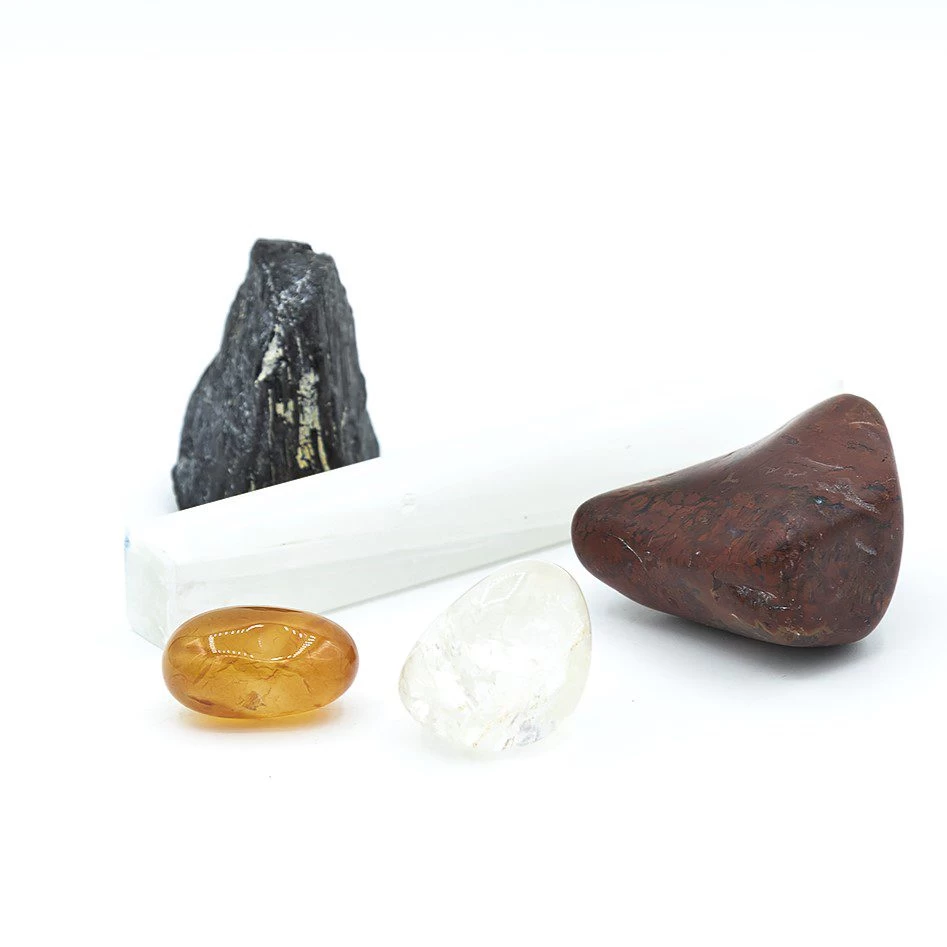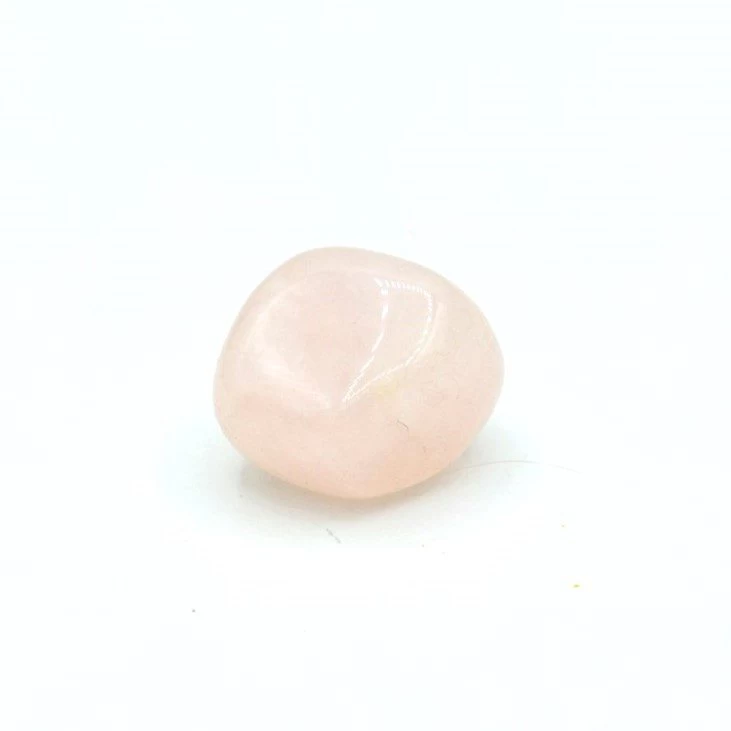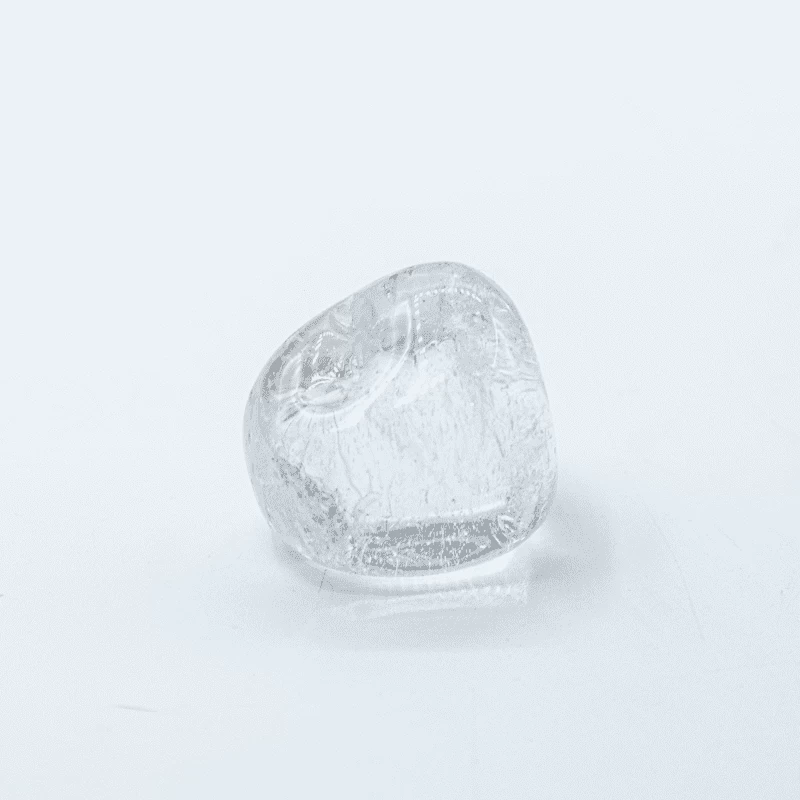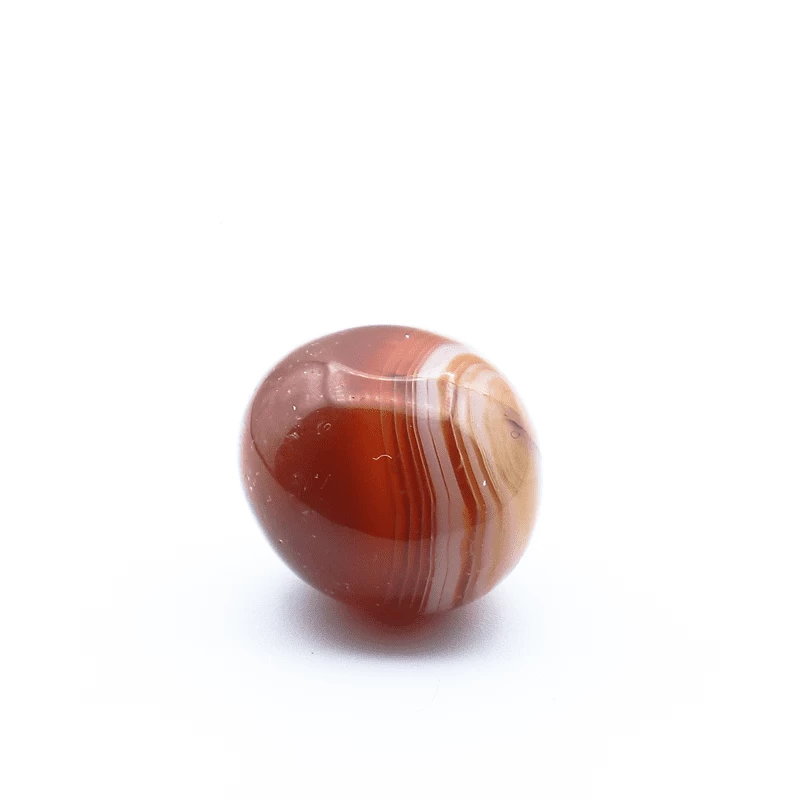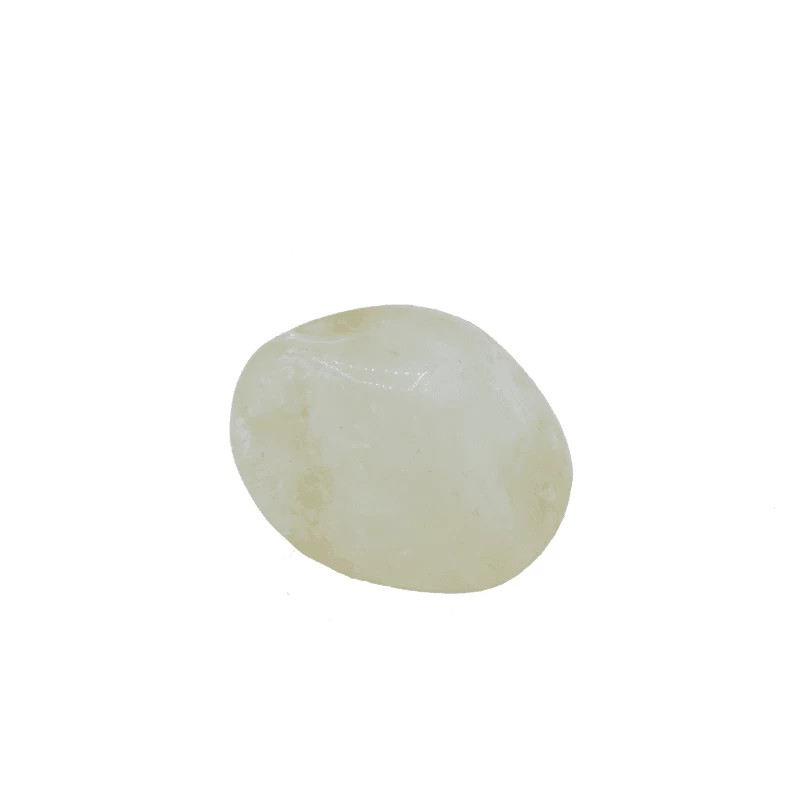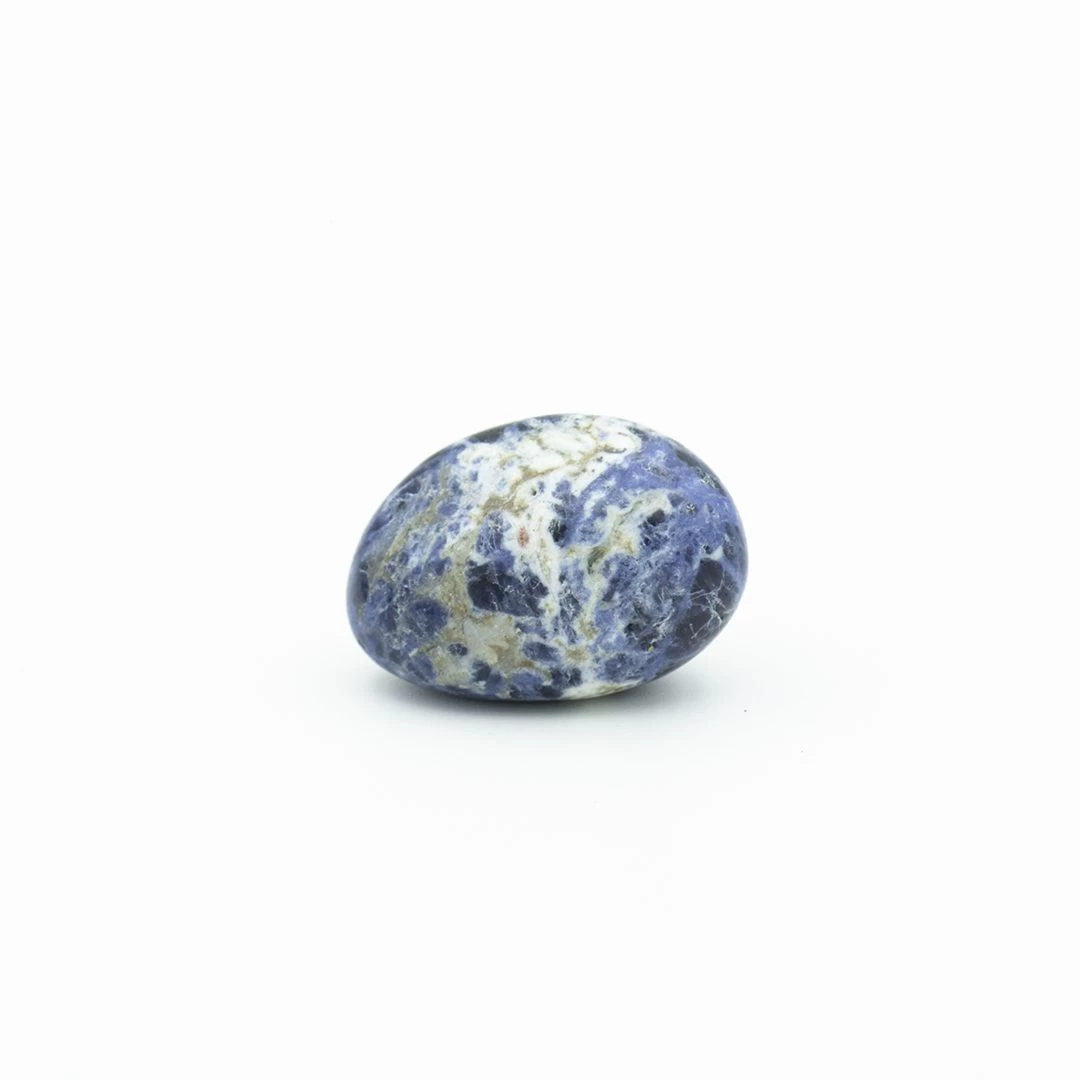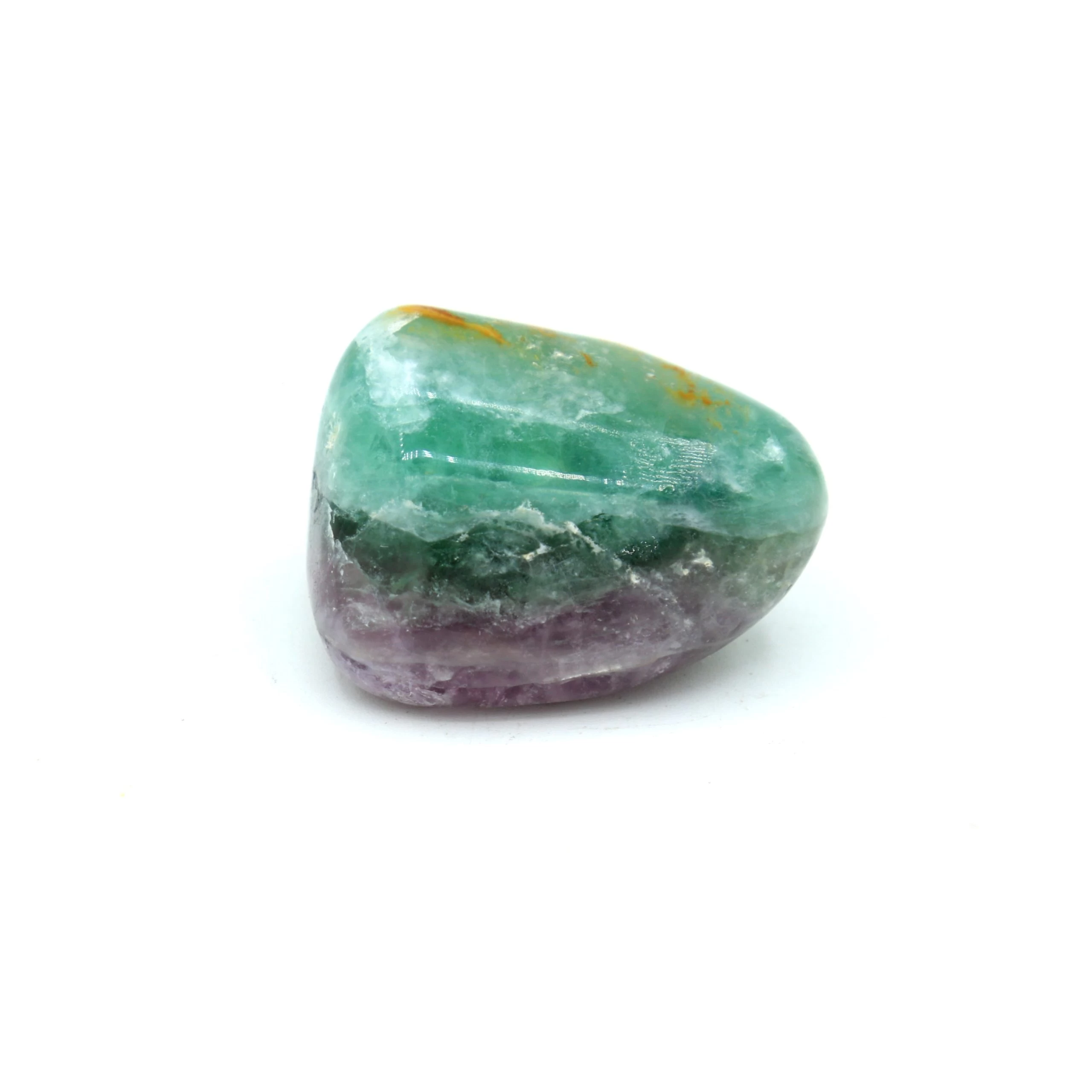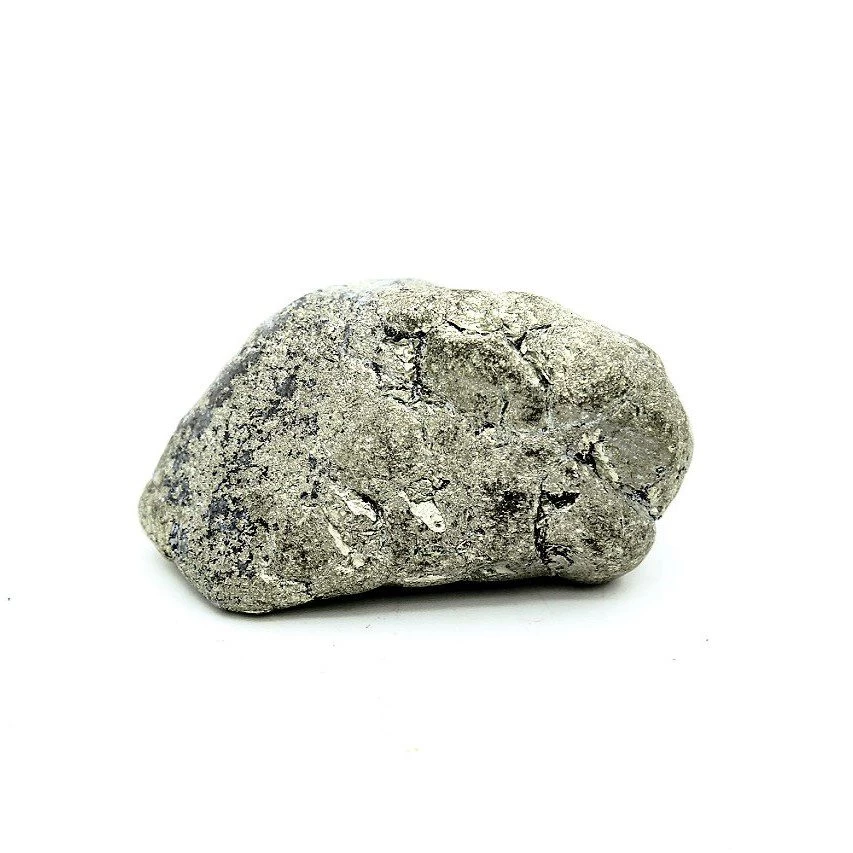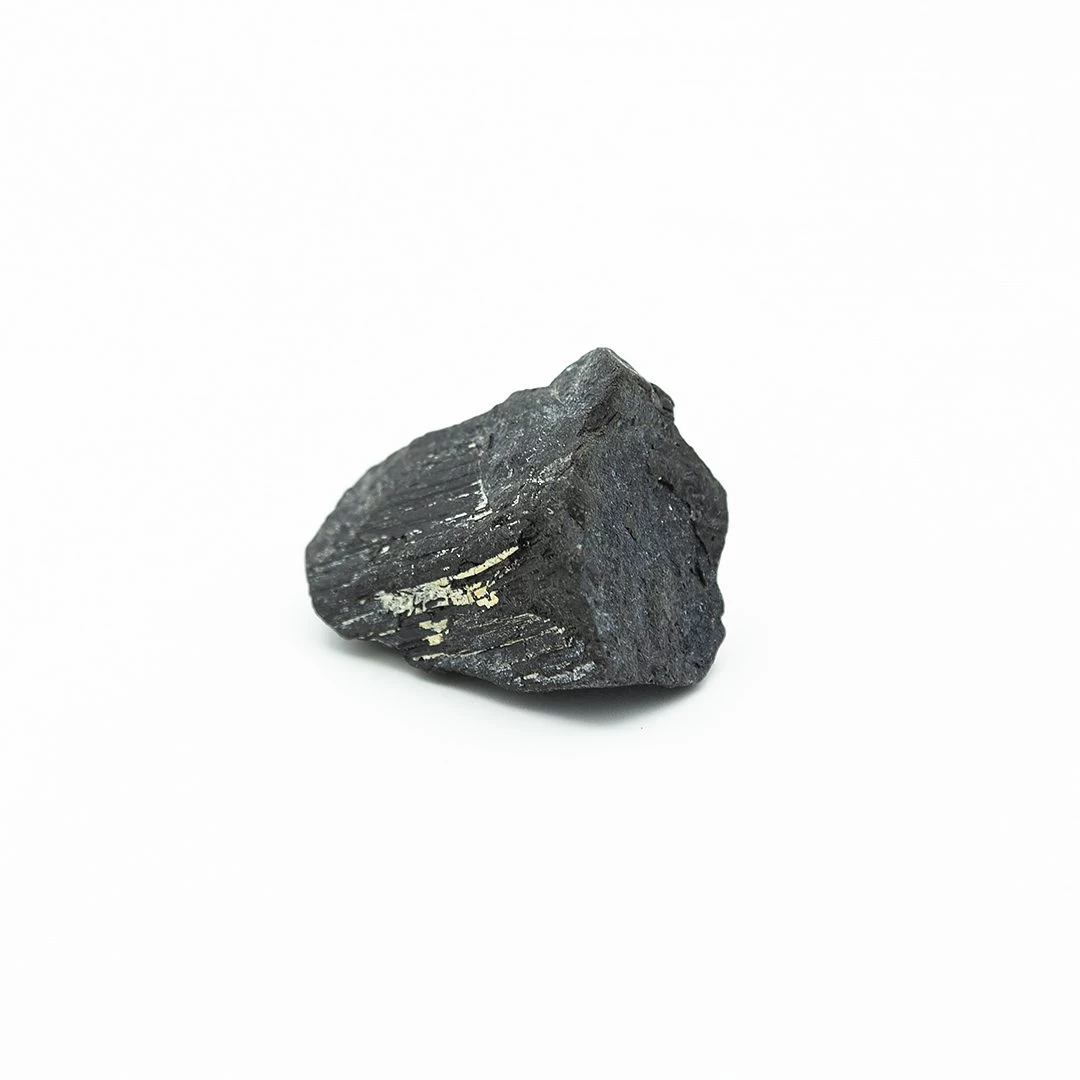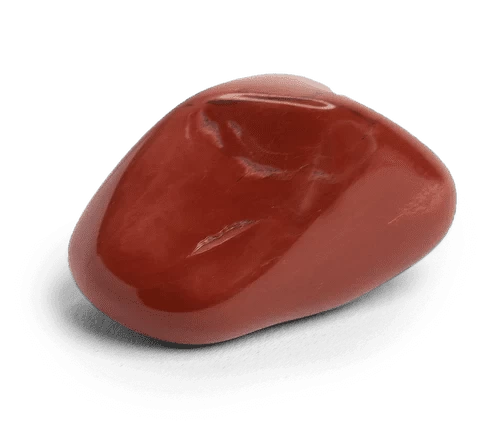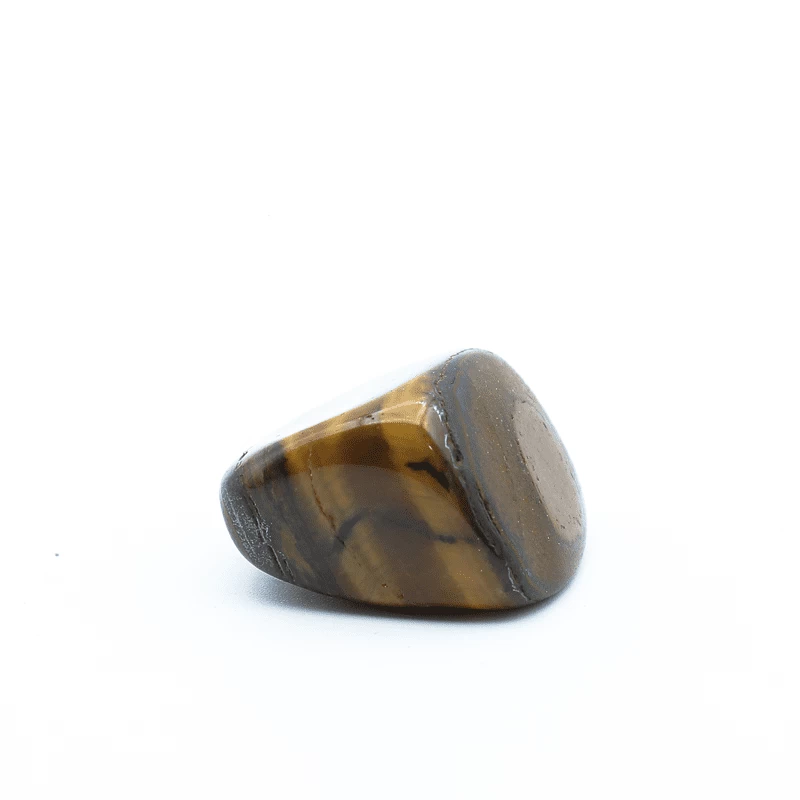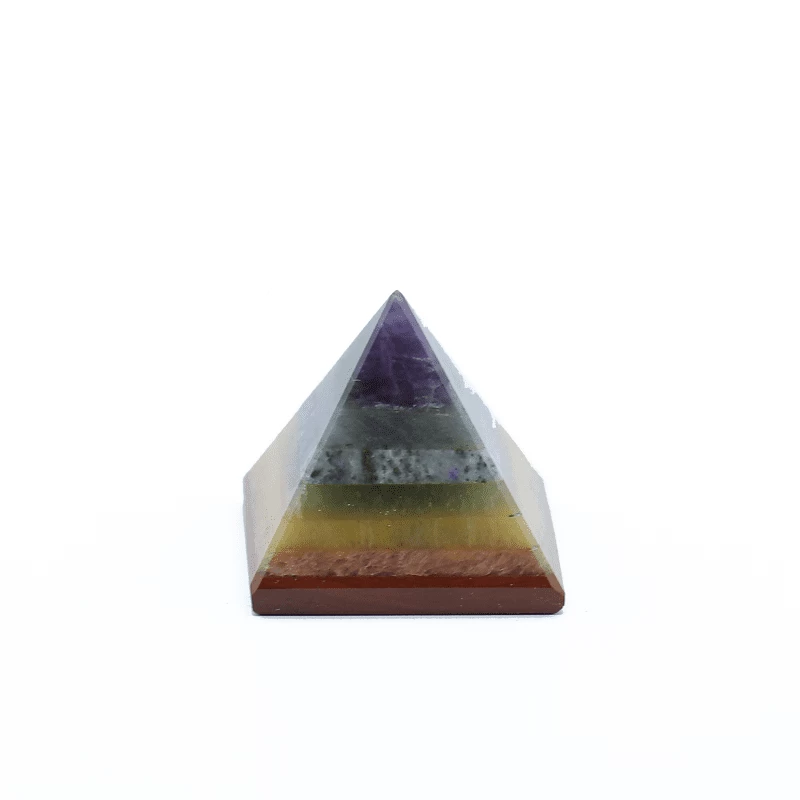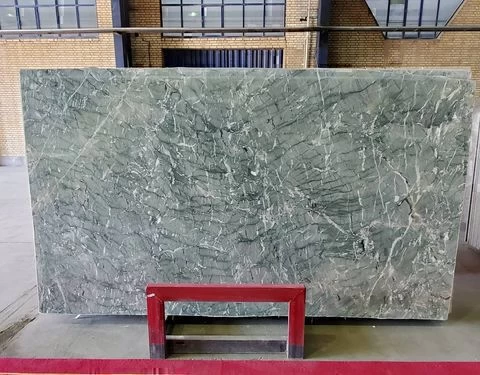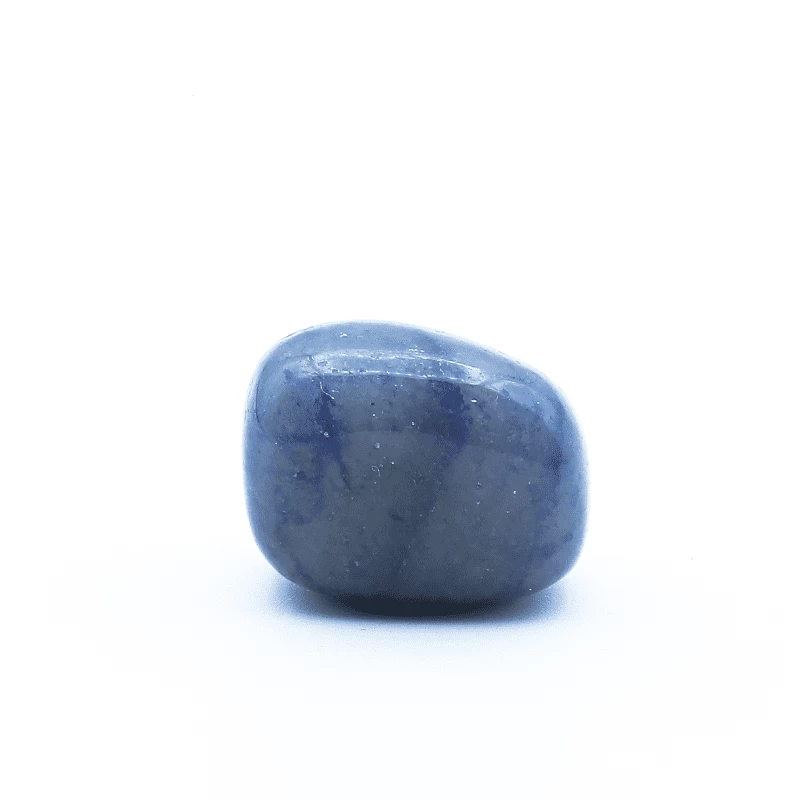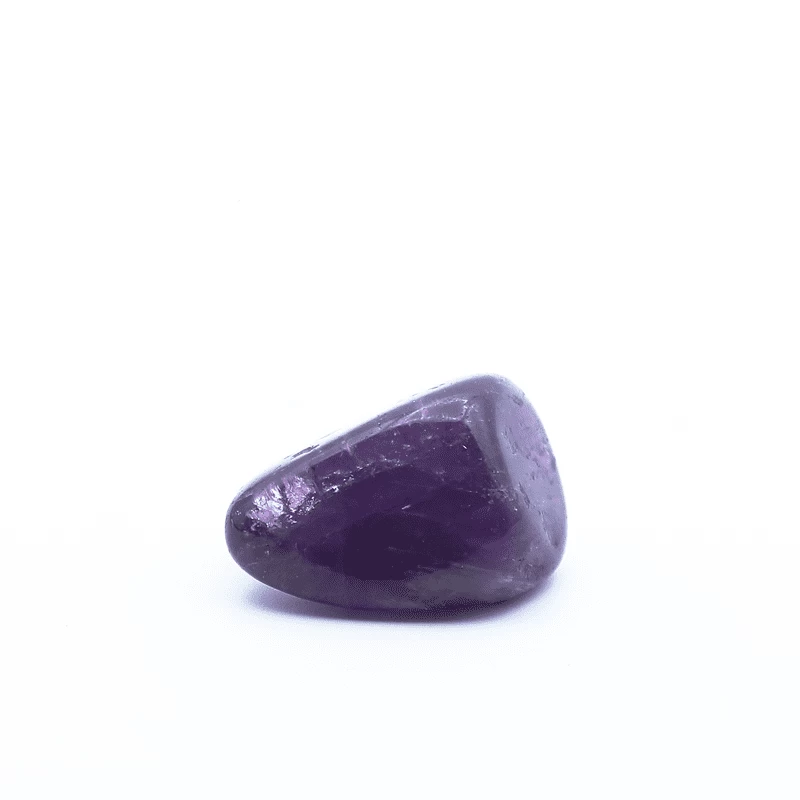gem stone
Gemstones are coveted for their beauty and rarity, and they have been treasured for centuries for their aesthetic appeal and perceived metaphysical properties.
While gemstones are commonly associated with jewelry and ornamental purposes, they can also play a role in house furniture, adding a touch of luxury and elegance to living spaces.
One of the popular uses of gemstones in house furniture is in the creation of tabletops and countertops. Gemstone slabs, such as those made from quartz, agate, or jasper, are often used to create stunning surfaces that serve as focal points in various areas of the home. These slabs are typically polished to bring out the natural patterns and colors of the gemstone, resulting in unique and eye-catching designs. Gemstone tabletops can be used in dining areas, coffee tables, or even as decorative surfaces in bathrooms, adding a luxurious and sophisticated touch to the overall decor.
Another way gemstones are incorporated into house furniture is through decorative accents. Gemstones, such as amethyst, citrine, or rose quartz, can be used as decorative elements in furniture pieces like cabinets, dressers, or side tables. These gemstones are often inlaid into the wood or metal surfaces, creating intricate patterns or designs that enhance the overall aesthetics of the furniture. The gemstone accents can add a pop of color or a touch of sparkle, elevating the visual appeal of the furniture and making it a statement piece in the room.
Gemstones can also be utilized in lighting fixtures to create a captivating ambiance. Crystal chandeliers, for example, are adorned with various gemstones, such as sapphires, emeralds, or diamonds, which refract light and create dazzling displays. The gemstones not only enhance the beauty of the chandelier but also contribute to the dispersion of light, creating a mesmerizing interplay of colors and reflections in the surroundings.
In addition to their aesthetic value, gemstones are often associated with metaphysical properties and are believed to possess certain energies or healing qualities. Some people choose to incorporate gemstones into their furniture with the belief that they can promote a sense of harmony, balance, or positive energy in the living space. For example, amethyst is thought to have a calming effect, while citrine is believed to attract abundance and prosperity. By incorporating gemstones into furniture, individuals can create an environment that aligns with their desired energy or intention.
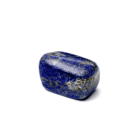
It's important to note that the use of gemstones in house furniture is often considered a luxury or high-end choice due to the rarity and cost associated with genuine gemstones. However, there are also synthetic or imitation gemstones available that can offer similar visual effects at a more affordable price point.
In conclusion, gemstones can play a significant role in house furniture by adding a touch of luxury, beauty, and even metaphysical qualities. Whether used in tabletops, decorative accents, or lighting fixtures, gemstones can elevate the aesthetics of living spaces and create a unique and captivating ambiance.
1. Diamonds: Known for their stunning brilliance and hardness, diamonds are the most sought-after gemstones, symbolizing eternal love and luxury.
2. Rubies: Renowned for their vibrant red color, rubies are considered one of the most precious gemstones, signifying passion, vitality, and courage.
3. Sapphires: Available in various colors, with blue being the most famous, sapphires are associated with wisdom, loyalty, and protection.
4. Emeralds: Revered for their rich green hue, emeralds are prized gemstones symbolizing growth, renewal, and prosperity.
5. Amethysts: Admired for their purple shades, amethysts are believed to possess calming and spiritual properties, making them popular for meditation and stress relief.
There are various types of stones used for different purposes beyond gemstones.
Here are a few examples:
1. Granite: A popular choice for countertops and flooring, granite is a durable and aesthetically pleasing stone known for its natural beauty and resistance to heat and scratches.
2. Marble: Revered for its elegance and timeless beauty, marble is commonly used in architecture, sculptures, and decorative accents. It comes in a range of colors and patterns and is often associated with luxury and sophistication.
3. Limestone: This sedimentary rock is frequently used in construction and architecture due to its durability and versatility. Limestone is found in various shades and can be polished or honed for different finishes.
4. Slate: Recognized for its unique texture and earthy colors, slate is commonly used for roofing, flooring, and wall cladding. It is known for its durability and resistance to water, making it suitable for both indoor and outdoor applications.
5. Sandstone: A popular choice for outdoor landscaping, sandstone is appreciated for its natural beauty and versatility. It comes in a range of colors and can be used for paving, wall cladding, and garden features.
6. Quartzite: Formed from sandstone and quartz under intense heat and pressure, quartzite is a durable and hard stone often used for countertops, flooring, and wall cladding. It is admired for its natural patterns and resistance to heat and scratches.
7. Basalt: Known for its dark and dense composition, basalt is commonly used in construction, particularly for pavements, curbstones, and wall cladding. Its durability and resistance to weathering make it suitable for both indoor and outdoor applications.
8. Travertine: Characterized by its porous nature and unique texture, travertine is a form of limestone often used in flooring, wall cladding, and decorative elements. It is appreciated for its earthy tones and natural variations.
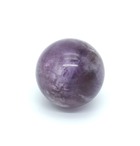
These are just a few examples of the many types of stones used for various purposes beyond gemstones. Each stone possesses its own unique characteristics, making them suitable for different applications in construction, design, and landscaping.


FAQs
What are the factors that determine the value and quality of a gemstone?
The factors that determine the value and quality of a gemstone include its rarity, color, clarity, cut, and carat weight.
How are gemstones formed in nature, and what are the different types of gemstone formations?
Gemstones are formed in nature through various processes such as cooling and crystallization of minerals, volcanic activity, or under intense pressure and heat. There are three main types of gemstone formations: igneous (formed from volcanic activity), sedimentary (deposited by water or wind), and metamorphic (formed through intense heat and pressure).
What are some popular metaphysical properties and beliefs associated with different gemstones?
Different gemstones are believed to possess various metaphysical properties and are associated with certain beliefs. For example, amethyst is considered calming and spiritual, while rose quartz symbolizes love and compassion. Citrine is believed to attract abundance, while lapis lazuli stimulates wisdom. Hematite is known for its grounding and protective qualities, and turquoise brings balance and protection. These gemstones are thought to promote emotional healing, spiritual growth, and other positive attributes.
How can one differentiate between natural gemstones and synthetic or imitation gemstones?
To differentiate between natural gemstones and synthetic or imitation gemstones, several methods can be employed. These include examining the presence of unique imperfections and inclusions, conducting gemological tests to analyze properties like refractive index and fluorescence, observing variations in color and clarity, and verifying the gemstone's source and accompanying certifications from reputable laboratories. These measures help distinguish between natural gemstones, which possess inherent characteristics and flaws, and synthetic or imitation gemstones, which tend to lack such features.
 +7929688-88-14
+7929688-88-14

 English
English
 Persian
Persian
 Russian
Russian
 Chinese
Chinese


 +7929688-88-14
+7929688-88-14

